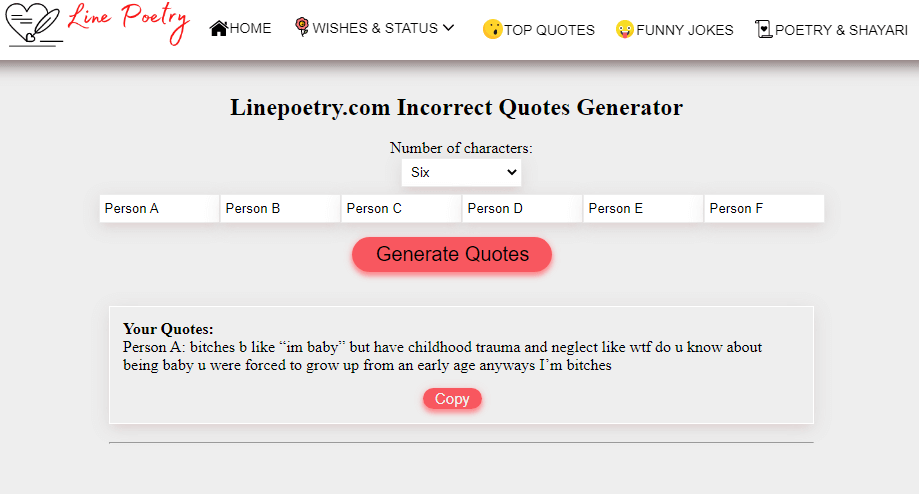In the digital age, businesses are gathering more and more data about their customers and operations. However, this data can be overwhelming and difficult to process without the right tools. With a better understanding of Data in a digital medium and how to properly evaluate, organize, analyze, and manipulate it, companies can gain insights that will help them make better decisions. This article explores how Digital data can be leveraged to achieve results by covering the basics of Data in a digital medium as well as ethical considerations when using it.
Understanding Data in a Digital Medium and its uses
Data in a Digital Medium is the information collected by businesses that can be used to gain insights and make better decisions. It can come in many forms, such as customer purchase histories, website analytics, or customer feedback surveys. By understanding how to evaluate, organize, and analyze Data in a digital medium, you can gain valuable insights into your customers’ behaviors and preferences.
The process starts with understanding what kind of Digital data you have access to. Different types of Data in a digital medium are used to serve different purposes, from tracking customer behavior to monitoring marketing efforts. Understanding the pros and cons of using each type of Data in a digital medium will help you decide which one will be most beneficial for your business goals.
For example, tracking website analytics can provide insight into how customers interact with your website. If a customer spends a longer time on one page than others, then this could indicate they’re more interested in its content or offers than other pages on your site. You could use this information to make targeted changes or promotions that would appeal more to those customers.
It’s also important to consider the ethical implications of using Data in a digital medium before collecting it from customers or employees. Businesses should adhere to relevant laws and regulations when gathering any type of personal information from their users and employees. Additionally, having a privacy policy in place will ensure transparency about what kind of information is being collected and how it will be used – giving customers peace of mind about their privacy rights being respected by the company.
By understanding Data in a digital medium and taking advantage of its potential benefits, companies can leverage it to gain insights that go beyond traditional analytics tools – allowing them to make smarter decisions for their business goals while protecting customers’ privacy rights at the same time.
Evaluating your Data in a digital medium
Assessing the Data in a digital medium available to you is essential for leveraging it to its fullest potential. To start, identify the types of data accessible, such as customer surveys, website analytics, transaction information, and social media metrics. After that, be sure to verify accuracy and relevancy in order to make sound decisions. Then devise a filing system so that all pertinent information can be easily accessed whenever needed – taking into account important ethical considerations like privacy rights regulations.
Subsequently, analysis is imperative for gaining insights into customers’ preferences and behavior patterns. Companies should utilize advanced analytical tools such as AI-driven algorithms or predictive models to analyze structured or unstructured Data in a digital medium quickly and precisely. By understanding how people interact with their products or services through this analysis, businesses can recognize areas for improvement in order to reach desired outcomes.

Finally, evaluating Digital data properly provides valuable insights on customers’ needs and behaviors which enable companies make better decisions while also giving them an edge in user experience – both leading towards successful business objectives.
Organizing your Data in a digital medium for maximum impact
Structuring Data in a digital medium for maximum impact can be a challenging endeavor, yet with the correct approach it has the capability to provide extraordinary benefits. By comprehending how data is constructed and its association with other sets of information, companies are able to arrange their data in an effective manner and obtain meaningful insights.
Visualizing Data in a digital medium using charts, graphs, and tables is an excellent way to make it easier to interpret and recognize key trends that would otherwise go unnoticed. This also allows stakeholders to quickly understand the most important parts of the data without needing to manually read through each piece.
Creating dashboards or reports can help track performance over time so that areas needing improvement can be identified as well as successes that should be celebrated. Providing an overview of your business’s performance at a glance is invaluable while also allowing for easy sharing of progress with colleagues or customers.
Respecting customer rights when handling Data in a digital medium must not be overlooked in order to remain compliant with regulations such as GDPR or CCPA. Companies need protocols in place for collecting, storing and using customer information responsibly and safely to ensure privacy protection is upheld at all times.
By properly organizing Data in a digital medium while adhering to ethical guidelines, businesses have the opportunity to maximize its potential which will benefit decision making processes while protecting customers’ privacy rights along the way.
Analyzing and manipulating your Data in a digital medium
The power of Data in a digital medium lies in its ability to be manipulated and analyzed. By understanding the structure of the data, creating a filing system to organize it, and using statistical analysis and machine learning techniques; businesses can leverage their Data in a digital medium for success. Through careful evaluation, secure storage measures, and visualization tools; companies can gain valuable insights from their collected information in order to make better decisions that will help them reach their business objectives.
In conclusion, Digital data to achieve results cannot be overstated in today’s rapidly evolving business landscape. From enhancing decision-making processes to optimizing operations, and from understanding customer preferences to driving innovation, Data in a digital medium is the fuel that propels organizations toward success.
By harnessing the vast amount of information available through digital channels and applying advanced analytics and technologies, businesses can gain valuable insights, identify opportunities, and mitigate risks. It is not merely about collecting data but about interpreting it intelligently and using it strategically.
















